Garment is the second skin for human being because it is so embedded in our daily lives. We wear them almost every moment, so the performance, comfort property become more and more important and they are the hottest topics for research and development of garment and textile.
Comfort property of garment and textile is generated from human sense when garments were worn, selected or produced, because they meet the needs of human physiology and psychology. Garment has a history of thousands of years. It is just for covering the bodies and keep out the cold at that time. But it is no longer a simple dress item. It is a combination of science and art. It is even a self-expressive tool. We consider more things about garments, the style, the comfort property, the using performance, the safety, the health performance, etc.
The feeling of comfort performance of garment when it is worn by us is the most important factors of comfort performance of garment or textile. It is an objective effect of comprehensive function to people’s physiology and psychology. It is also an objective evaluation for the harmonious relationship between clothing and the human body, human body and the environment.
We will discuss about the physiology factors that affect the comfort property of textile or garment in the following content.
The property of textiles:
Fabric moisture absorption refers to the capability of materials to absorb or release gaseous water. For clothing, it specifically refers to the capability to absorb the discharged sweat and steam by human skin in time, and the fabrics can release the sweat and steam into the air by spreading them to the other side of the fabric. The better is the moisture absorption property, the more comfortable human feels. And it will have more obvious effects when we are in hot summer or in strenuous exercise.

Heat retention property refers to the ability to prevent heat exchange for materials’ both sides. It is necessary for winter clothing in order to prevent human frostbite. It depends on the structure of the fiber, yarn, thickness of fabrics, density of fabrics, these parameters will affect the stationary air concentration. Higher is the stationary air concentration for the textiles, the better heat retention property the clothing is.

Air permeability means the capability to let the gas through the fabrics. The skin of human body is breathing in every moment and it will promote the air exchange with external environment. A great air permeability of clothing textile is advantageous to the inside and outside air exchange for fabrics and is conductive to the metabolism of human body skin.
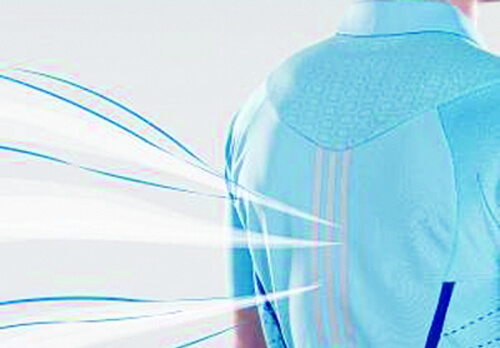
Softness and smoothness of fabric is the comfort of touch sensation of human skin. They will affect the physiology by soft touch, especially for the under wear or pajamas. The roughness fabrics will cause prickle sensation of skin and it will reduce the comfort feeling for the products. It depends on the structure of the fiber, yarn, thickness of fabrics, density of fabrics, these parameters.
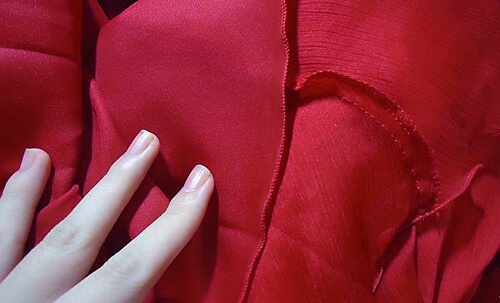
Flexibility means the ability of returning to original state after external force removed. It is good for textiles to meet the requirement of basic activities of human body. At first it is widely used for sport wear but more and more daily dress require flexibility of textile because the increase of human comfort of basic activities.
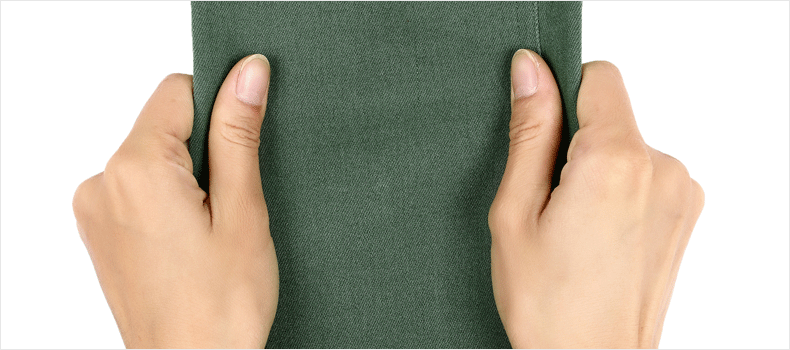






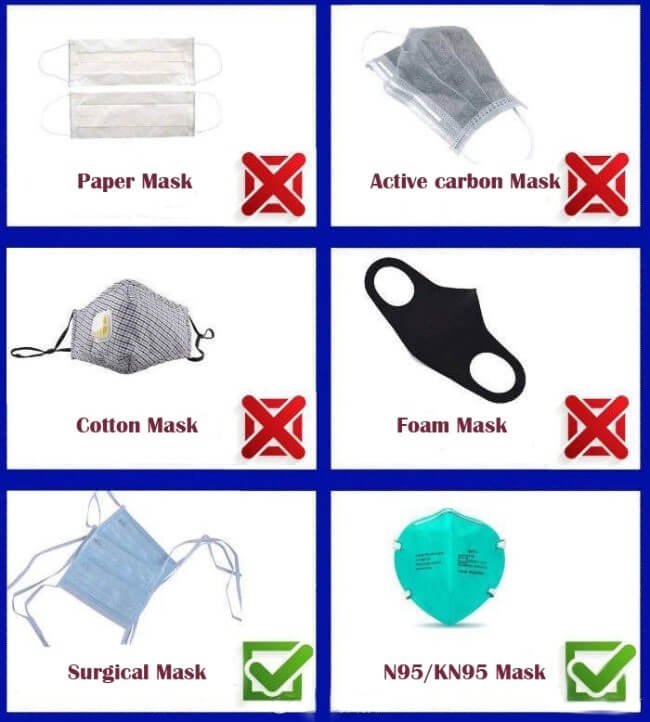
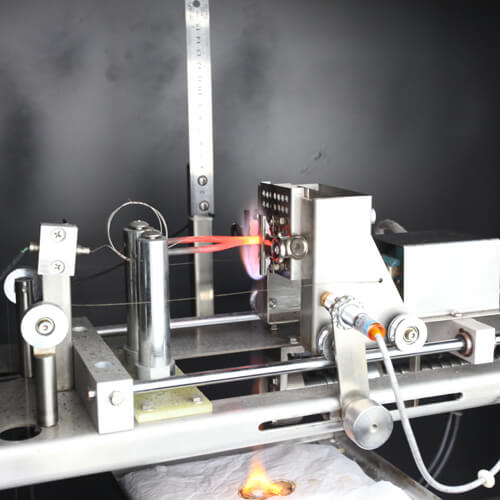



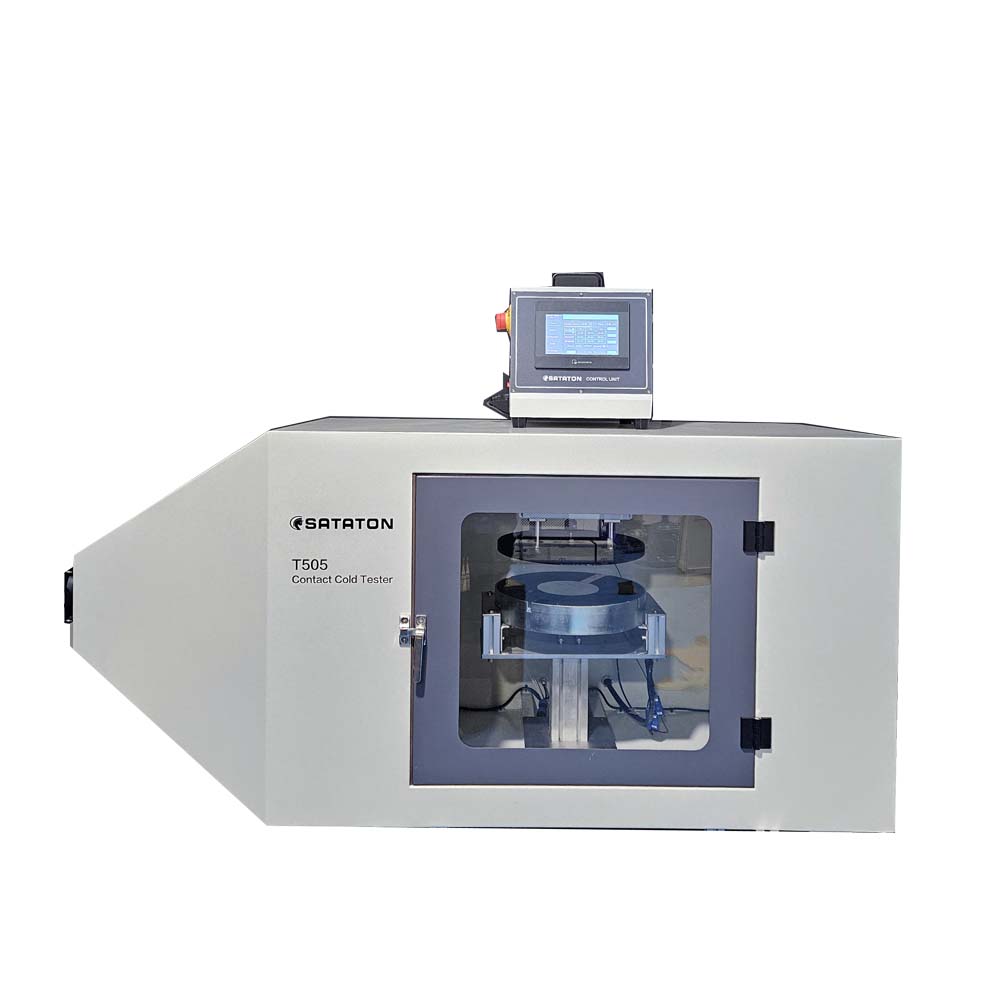
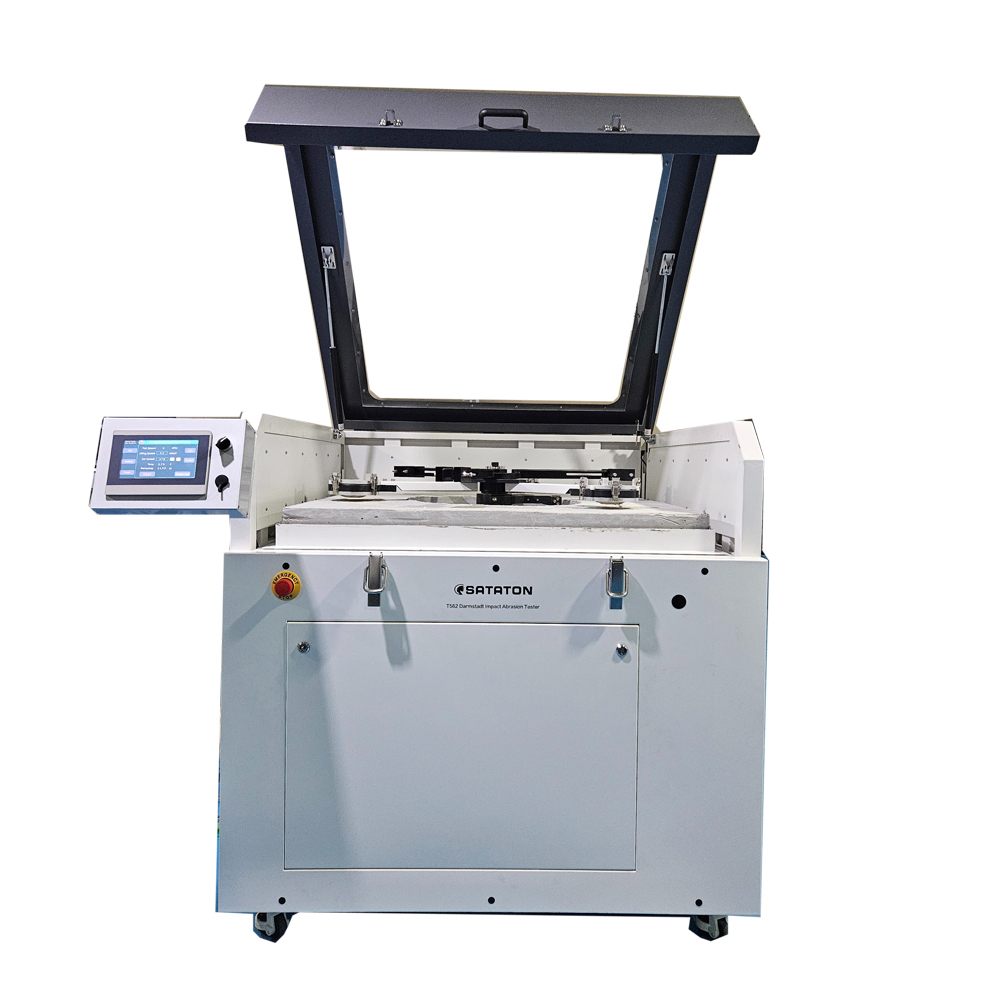


No Views.